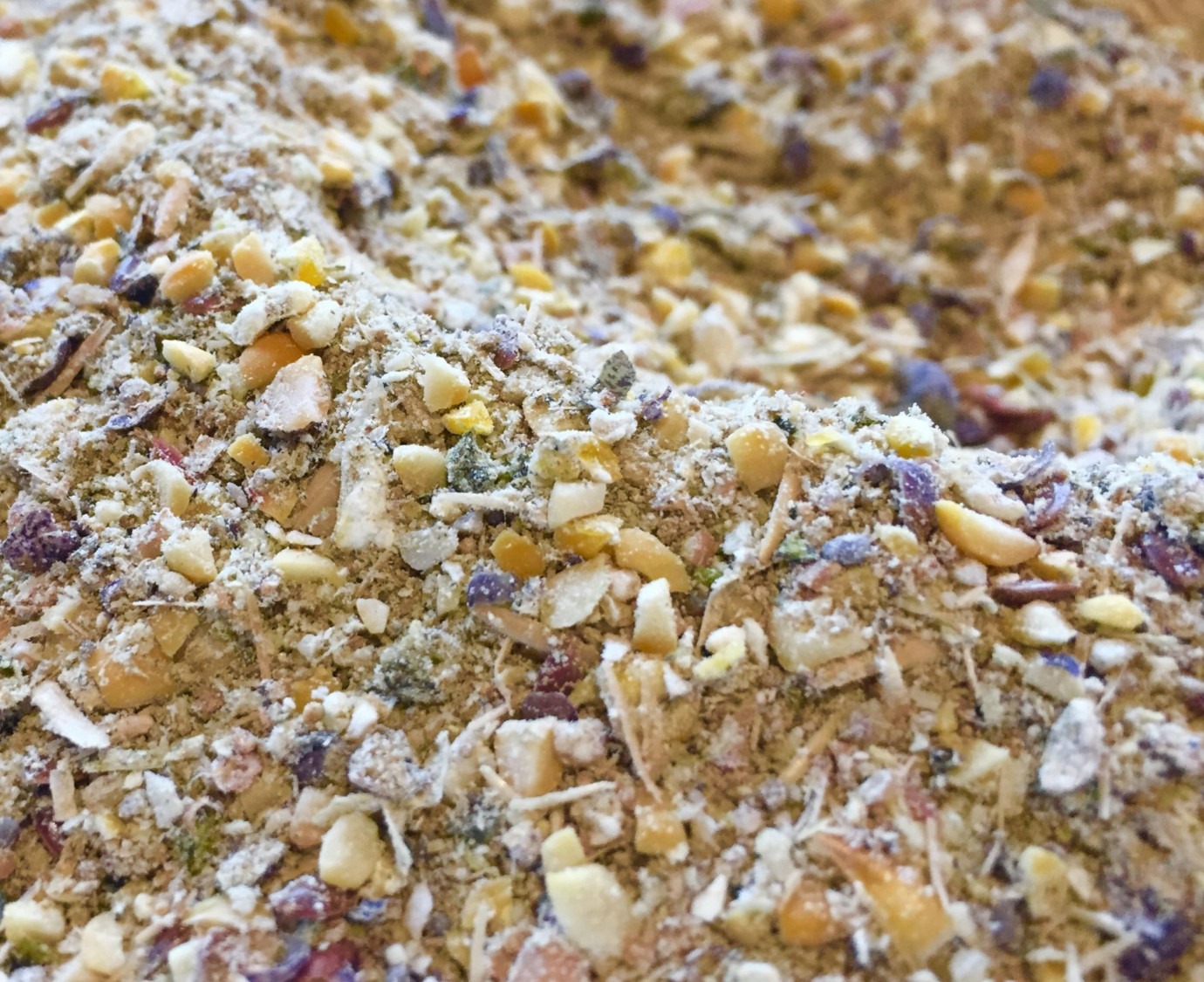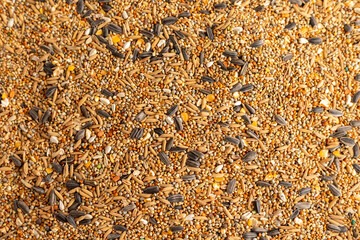


Raising chickens can be a rewarding experience. They provide fresh eggs and meat. You also gain the satisfaction of sustainable living. One critical aspect of poultry care is ensuring that your chickens receive proper nutrition. While commercial feeds are convenient, making your own chicken feed allows you to control the quality and ingredients. This ensures a healthier diet for your flock. In this blog post, we will explore the benefits of homemade chicken feed. We will also cover essential ingredients. Finally, we will provide step-by-step instructions on how to make your own.

1. Quality Control: To make your own chicken feed means you know exactly what goes into it. You can avoid unwanted additives, preservatives, and fillers often found in commercial feeds.
2. Cost-Effective: Homemade chicken feed can be more economical. This is especially true if you source ingredients in bulk. It is also more economical if you grow some of them yourself.
3. Customization: Different stages of a chicken’s life require different nutrients. Creating your own feed allows you to tailor the mix to the specific needs of your flock. You can provide higher protein for growing chicks or more calcium for laying hens.
4. Sustainability: Using local ingredients reduces your carbon footprint and supports local agriculture. Plus, it often results in less packaging waste compared to store-bought feeds.
Before diving into recipes, it’s important to understand the basic nutritional needs of chickens. These include:
1. Protein: Vital for growth, egg production, and overall health. Sources include legumes, seeds, and insects.
2. Carbohydrates: Provides energy. Common sources are grains like corn, wheat, and oats.
3. Fats: Necessary for energy and absorption of fat-soluble vitamins. Oils and seeds are good sources.
4. Vitamins and Minerals: Essential for various bodily functions. Greens, vegetables, and mineral supplements can provide these.
5. Calcium: Critical for eggshell formation and bone health. Sources include crushed oyster shells and limestone.
6. Fiber: Important for digestion. Leafy greens and certain grains are good sources.
A good chicken feed mix typically includes:
1. Corn: A primary energy source that’s easy to digest. Use cracked or whole corn.
2. Wheat: Another excellent grain that provides energy and some protein.
3. Oats: High in fiber and beneficial for digestive health.
4. Soybeans or Peas: Great plant-based protein sources. Ensure soybeans are roasted to deactivate harmful enzymes.
5. Fish Meal or Meat Meal: Provides animal protein and essential amino acids. Use in moderation.
6. Limestone or Oyster Shell: Essential for calcium, particularly for laying hens.
7. Grit: Helps chickens grind their food in the gizzard, aiding digestion.
8. Greens: Leafy vegetables like kale, spinach, and alfalfa provide vitamins and minerals.
9. Supplements: Consider adding a poultry vitamin and mineral supplement to ensure balanced nutrition.
1. Gather Ingredients: Ensure you have all the necessary ingredients to make your own chicken feed. You can source them from local farms, agricultural stores, or online suppliers.
2. Measure Quantities: Here’s a basic recipe for a balanced chicken feed:
Adjust percentages based on the specific needs of your flock.
3. Grind Ingredients: Using a feed mill or grinder, process grains and legumes to a suitable size. Chickens prefer a coarse texture, but fine enough to digest easily.
4. Mix Thoroughly: Combine all ingredients in a large container or feed mixer. Ensure even distribution of all components to provide consistent nutrition.
5. Store Properly: Store your homemade feed in a cool, dry place. Use airtight containers to keep out moisture and pests.
6. Monitor and Adjust: Observe your chickens for any changes in health or behavior. Adjust the feed mix if necessary, especially during different seasons or stages of life.
1. Start Small: If you’re new to making chicken feed, start with small batches. This allows you to test the mix and make adjustments without wasting large quantities.
2. Keep Records: Document your recipes and any changes you make. This helps in tracking what works best for your flock.
3. Consult Experts: If unsure about nutritional requirements, consult a veterinarian or poultry nutritionist.
4. Be Flexible: Ingredient availability can change seasonally. Be prepared to substitute with equivalent nutritional options.
5. Observe Your Chickens: Healthy chickens are active, with shiny feathers and good egg production. If you notice any issues, reassess their diet.
The task to make your own poultry feed is a rewarding endeavor that ensures your flock receives high-quality, customized nutrition. By understanding their nutritional needs and carefully selecting ingredients, you can produce a balanced and cost-effective feed. This not only promotes the health and productivity of your chickens. It also supports sustainable and responsible farming practices. Give it a try, and enjoy the benefits of a happy, healthy flock!

I’m Sue Knight, and I started this blog to share tips on gardening and raising chickens, product reviews related to chickens and gardening, and affiliate links for the purchase of items related to both. As of now, I have a large flock of mainly Rhode Island Red and White, but have also raised many other breeds. Currently residing in Florida, but originally from Pennsylvania, I have been raising chickens, and gardening, for over many years.
| Cookie | Duration | Description |
|---|---|---|
| cookielawinfo-checkbox-analytics | 11 months | This cookie is set by GDPR Cookie Consent plugin. The cookie is used to store the user consent for the cookies in the category "Analytics". |
| cookielawinfo-checkbox-functional | 11 months | The cookie is set by GDPR cookie consent to record the user consent for the cookies in the category "Functional". |
| cookielawinfo-checkbox-necessary | 11 months | This cookie is set by GDPR Cookie Consent plugin. The cookies is used to store the user consent for the cookies in the category "Necessary". |
| cookielawinfo-checkbox-others | 11 months | This cookie is set by GDPR Cookie Consent plugin. The cookie is used to store the user consent for the cookies in the category "Other. |
| cookielawinfo-checkbox-performance | 11 months | This cookie is set by GDPR Cookie Consent plugin. The cookie is used to store the user consent for the cookies in the category "Performance". |
| viewed_cookie_policy | 11 months | The cookie is set by the GDPR Cookie Consent plugin and is used to store whether or not user has consented to the use of cookies. It does not store any personal data. |
